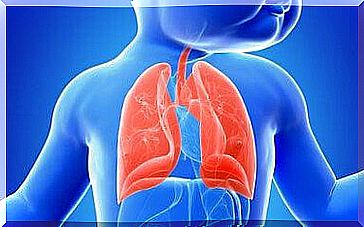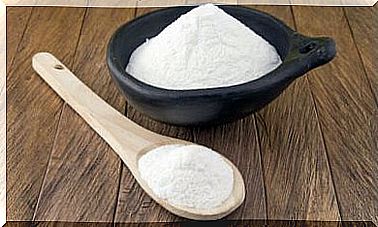7 Parts Of The Body That Are Not Strictly Necessary To Live
Although each organ of the human body fulfills a certain function, we could live without some of them without many problems
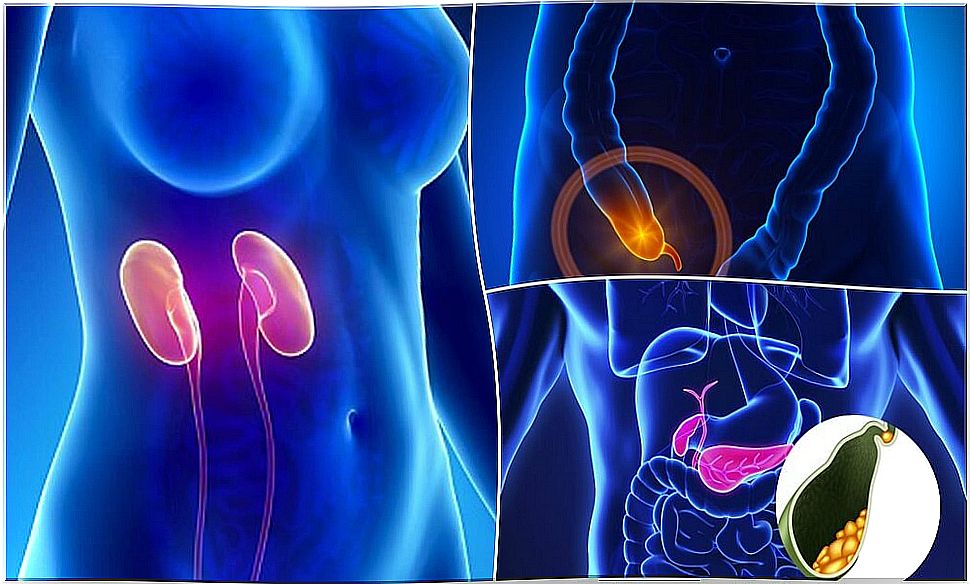
The human body is a structure that never ceases to amaze science. Although it is quite complex and its functions may vary from person to person, in general, it has some characteristics that are quite curious. Did you know that there are parts of the body that are not essential for life?
Although we can live perfectly without our limbs, or parts of the face and head, the organs are often considered vital parts of the body. But despite the fact that each of our organs performs a task, there are some that, in case of accidents, malformations or diseases, are not strictly necessary to live.
In fact, over the years and evolution, some have lost their functionality, so they do not alter the quality of life in case of having to be removed. Today we want to talk to you in detail about the 7 parts of the body that are not essential for life.
7 parts of the body that are not essential for life
1. Tonsils
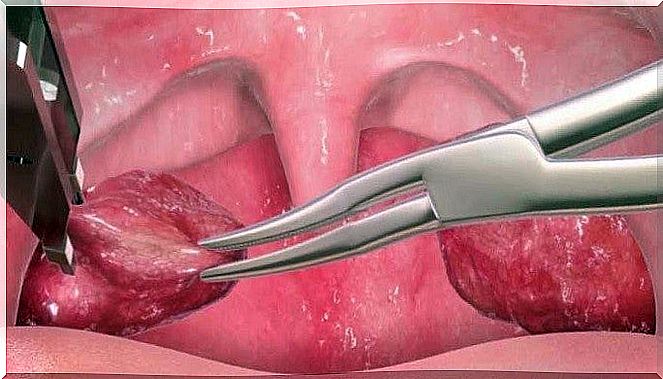
Tonsils are a part of the immune system that we do not need to live. Although they are useful to protect the entry of the airways against bacterial invasion, they can also become frequently infected in some people, leading to tonsillitis, better known as “tonsillitis”.
Doctors recommend removing them when, for example, the patient suffers from tonsillitis continuously.
2. Appendix
The appendix is a small sac-shaped organ that is attached to the large intestine, just in the lower right part of the abdomen.
Despite this, it does not seem to interfere with the digestive process and, in fact, it has no proven function. Still, some recent research points to the appendix’s role as a reservoir for beneficial gut bacteria.
Many people are only aware of its existence when it becomes inflamed and infected, causing a condition known as appendicitis that requires its removal.
The extraction does not have negative consequences for the health, and the person can continue his normal rhythm of life without inconvenience.
3. Spleen
The spleen is located in the abdominal cavity and performs a relevant health function: it filters the blood and helps the body fight infection.
Despite this, it is not vital, and can be removed in the event of trauma or chronic illness.
The person can lead a normal lifestyle, taking some extra precautions to avoid developing infections.
4. Reproductive organs
Reproductive organs like the ovaries, uterus, and testes are parts of the body with a clear function. Despite this, they can be extracted as part of the treatment of some chronic conditions.
In most cases, its removal is suggested to prevent the cancer from spreading. However, it may also be advised as part of the treatment of other disorders.
Those who go through this procedure usually do not have serious sequelae and can receive hormone replacement therapy to replace the hormones produced by these organs.
5. Kidney
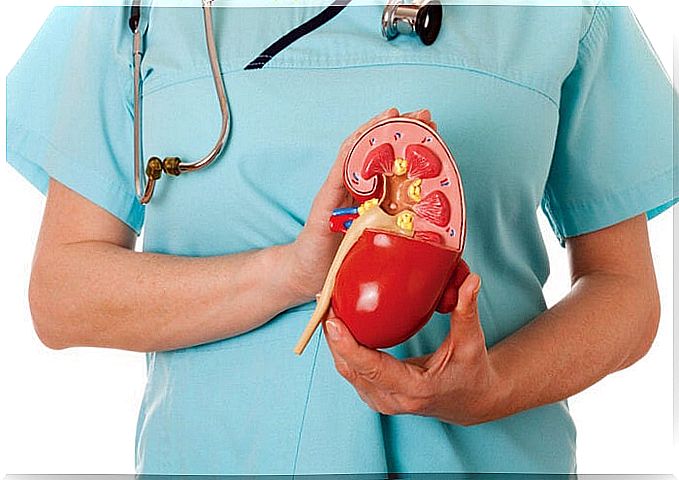
No one can deny the importance of the kidneys for the health of the whole body. These filter the blood, produce urine, and participate in the functions of other organs.
The funny thing is that, although we have two, we only need one to live. We can be born without a kidney, suffer failure from injury or illness, or even donate one without leading to chronic health problems.
In general, people with only one kidney have a normal life expectancy and very few related sequelae. However, it is necessary to take some precautionary measures for its care in order to avoid possible damage.
6. Gallbladder
The gallbladder is that little green pear-shaped pouch that hides behind the liver. Its main function is to store and release bile that helps digest food.
However, when it deteriorates or produces diseases such as stones or cancer, its removal is recommended in an operation known as a cholecystectomy.
Despite its role in digestion, living without a gallbladder is usually not a problem. Some patients may experience diarrhea and bloating when consuming certain foods.
7. Stomach
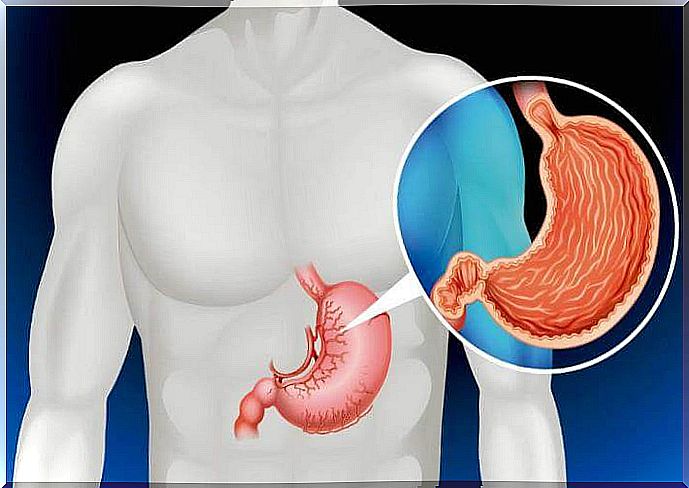
Although it seems incredible, human beings can live without a stomach. In fact, there is a surgical procedure, known as a total gastrectomy, in which the entire stomach is removed as part of cancer treatment.
In this procedure, the small intestine is connected to the esophagus. After the intervention, the person must be fed with serum for several weeks, until recovery is achieved.
- Due to its complexity, those who go through this intervention must follow strict treatment.
- They can eat most foods, but the amounts should be smaller.
- The consumption of some dietary supplements is recommended in case of having problems absorbing nutrients.

